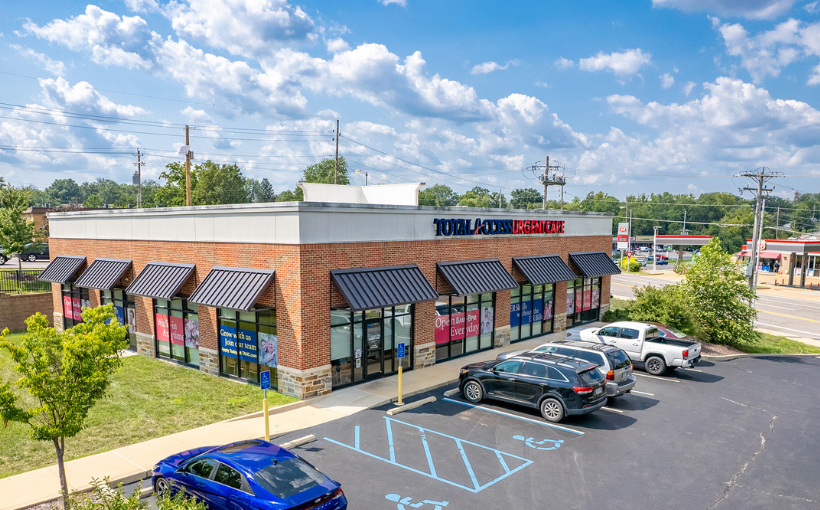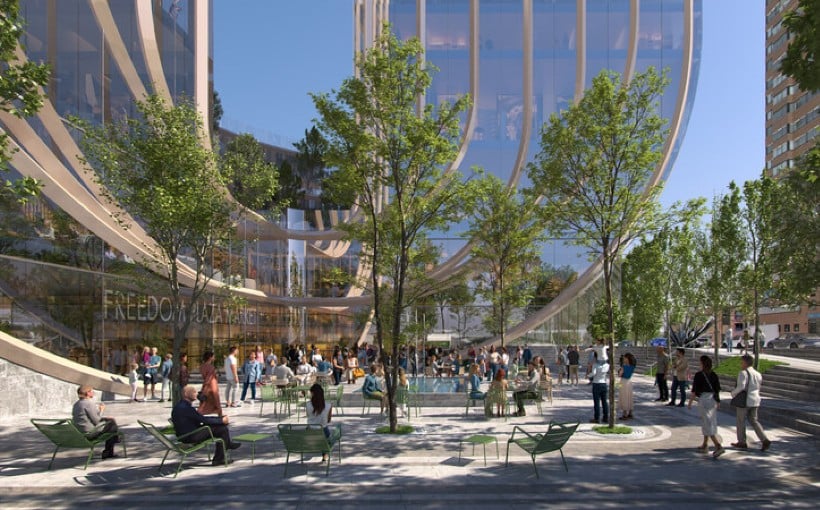According to JLL’s “Employee Perspective on Healthcare Real Estate” study, 24% of respondents are considering leaving their current position within the next year. This highlights a concerning statistic that burnout is a prevalent issue among healthcare professionals. In response, JLL has suggested ways for healthcare employers to improve attraction, experience and retention.
One important factor in the employee experience is physical location. Safety modifications, convenience and community investment can greatly contribute to attracting and retaining top healthcare experts.
Kari Beets, Senior Manager of Healthcare Research at JLL and author of the report states that sound privacy is strongly correlated with negative workplace perceptions among employees who are considering leaving their jobs. However, this aspect is often overlooked when building or renovating healthcare spaces as investments tend to focus on patient care areas rather than employee spaces such as break rooms. Thin walls and dense layouts can also lead to a lack of sound privacy due to cost efficiencies in construction.
While older facilities were not found directly related with intent-to-stay rates accordingto Beets it still poses challenges for logistical difficultiesand costs associatedwith full-scale renovations which have not been refreshed in decades.Beetsexplains how ground-up construction or rehabs may overlook employees’ needs which should be considered from an ROI perspective by including them programmaticallyin workspaces supporting clinical outcomes says Andrew Quirk,JLL’s Institutional Industries Leadfor Project Development Services.Quirk adds that survey respondents noted pay/benefitsand specific rolesas factors influencingtheir choiceof employment.Flexibilityin terms offlexible work arrangements wasalso highly valued particularlyamong older generationswhich reflects shifting priorities towards more than just monetary compensation while advancing one’s career.Althoughflexibleworkarrangementscanbe challengingforan industrythat requiresin-person presenceandcare,it couldstill be beneficialto consider flexible working hoursor remote work optionswhere possible.Another key driver identifiedwas proximityofthe workplacefrom home.This ledBeets and Quirk to highlight examples of healthcare systems partnering with developers to build affordable housing for hospital staff near their facilities.
For instance, Mercy Health in Ohio collaborated with a developer to construct 100 apartment units at reduced rent for employees. Similarly, St. Joseph Hospital in Denver converted a local nursing school dormitory into affordable housing units through partnerships while Dartmouth-Hitchcock Medical Center in New Hampshire also developed workforce housing near its campus.
In additionto the importance of workplace cultureand fair compensationfor healthcare employees,the physical spaces they workin canalso playa significant rolein retention.Accordingto the JLL survey,satisfaction levels were lowregarding safety and maintenance.Beets emphasizes that it is crucialforhealthcare property investorsand owners toprioritize addressing safety concerns promptly such as lighting in parking lots and access systems.Furthermore,having an effectivefacilities management teamwith tech-savvy maintenance skills can greatly increase tenant (and employee) satisfaction.
Quirk reiterates that involving healthcare employees indesigning projectsis essential.”Budgets are often centered around revenue-generating services,” he says,”but caregivers who directly impact patient outcomes should be considered as partofthe equation.”It is importantthat budget allocations consider both revenue generationas well asthe needs ofemployeeswho contribute significantly towards patient care outcomes.




